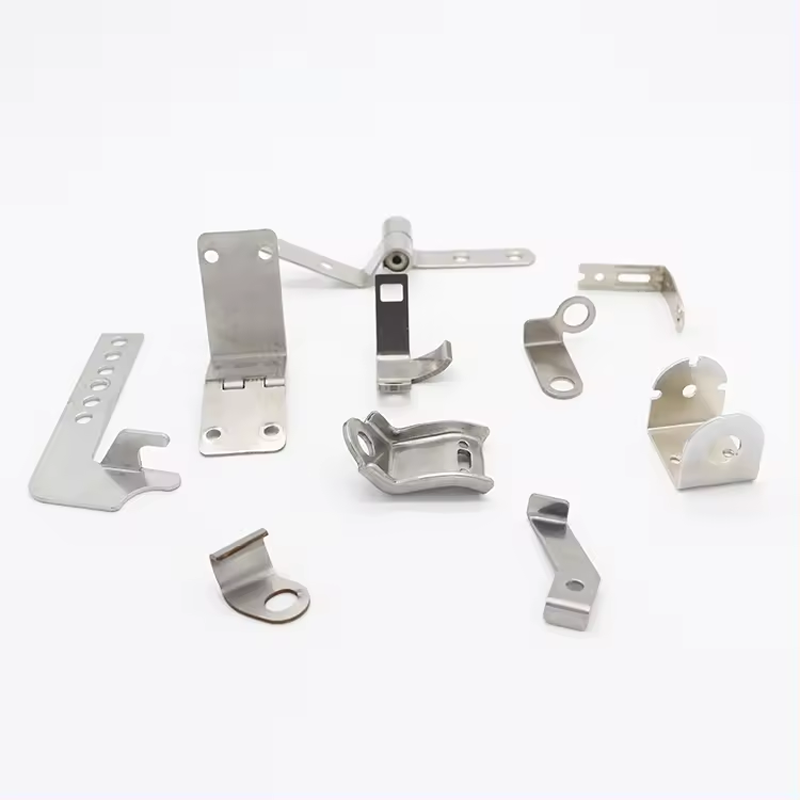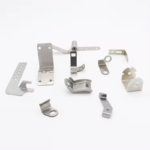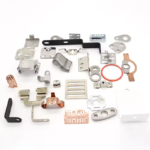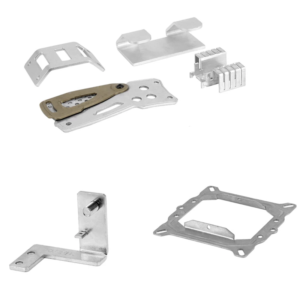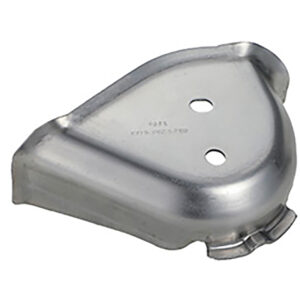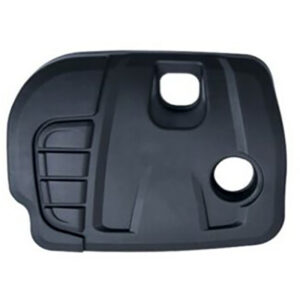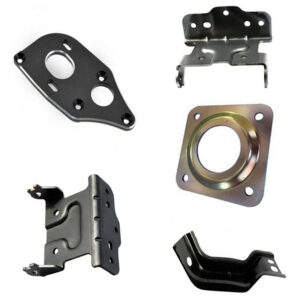Overview:
Auto sheet metal stamping is a manufacturing process used to create metal parts for vehicles by shaping flat metal sheets into specific forms. This process involves using high-pressure dies and punches to stamp or press the metal into desired shapes. Typically, auto sheet metal stamping utilizes materials such as steel, aluminum, and various alloys. The key steps in this process include cutting, bending, and forming the metal sheets into parts like body panels, chassis components, and other structural elements. The precision and efficiency of stamping ensure that automotive parts meet stringent quality standards and performance requirements.
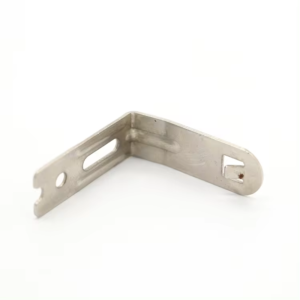
Characteristics:
| Attribute | Details |
| Place of Origin | Xiamen, China |
| Brand Name | OEM |
| Sizes | Custom |
| Material | Steel, Stainless Steel, Brass, Aluminum, etc. |
| Surface Treatments | Powder Coating, Polishing, Anodizing, PVD Plating, Brushing, etc. |
| Production Processes | Punching, Stamping, Laser Cutting, CNC Machining, Die Casting, Welding, etc. |
| Business Safety | Automotive, Construction, Medical, Electronics, Machinery, Telecom, etc. |
| Pressing Capacity | 6.3-600 tons |
| Surface Tolerances | 0.02mm |
| Quality Control | 100% Strict Inspection from beginning to final |
Production Process:
- Material Preparation: Raw metal sheets, typically made from steel, aluminum, or other alloys, are prepared for stamping. This includes cutting the metal into appropriate sizes and ensuring it meets quality standards.
- Tooling Design and Setup: Custom dies and tooling are designed and manufactured to shape the metal sheets. These tools are set up in stamping presses to form the specific parts required.
- Stamping: The metal sheets are fed into a stamping press where they are shaped through various operations, such as punching, blanking, and embossing. The press applies force to the dies to create the desired part geometry.
- Blanking: This initial step involves cutting the metal sheet into flat, blank shapes that will be further processed. Blanks are the starting point for more complex shapes.
- Forming: The blanks are then shaped into the final product through processes like deep drawing, bending, and stretching. This step refines the shape and adds specific features to the metal part.
- Trimming and Finishing: Excess material is trimmed away, and the part is finished to achieve the desired dimensions and surface quality. This may include deburring, sanding, or other finishing techniques.
- Surface Treatment: The stamped parts undergo surface treatments such as coating, painting, or plating to enhance durability, appearance, and corrosion resistance.
- Quality Inspection: The finished parts are subjected to rigorous quality control inspections to ensure they meet specifications and standards. This includes measuring dimensions, checking surface quality, and verifying structural integrity.
- Packaging and Delivery: Finally, the stamped parts are packaged and prepared for delivery to customers, ensuring they are protected during transit and ready for use in automotive assemblies.
This process ensures the production of high-quality, precise sheet metal components for automotive applications.




